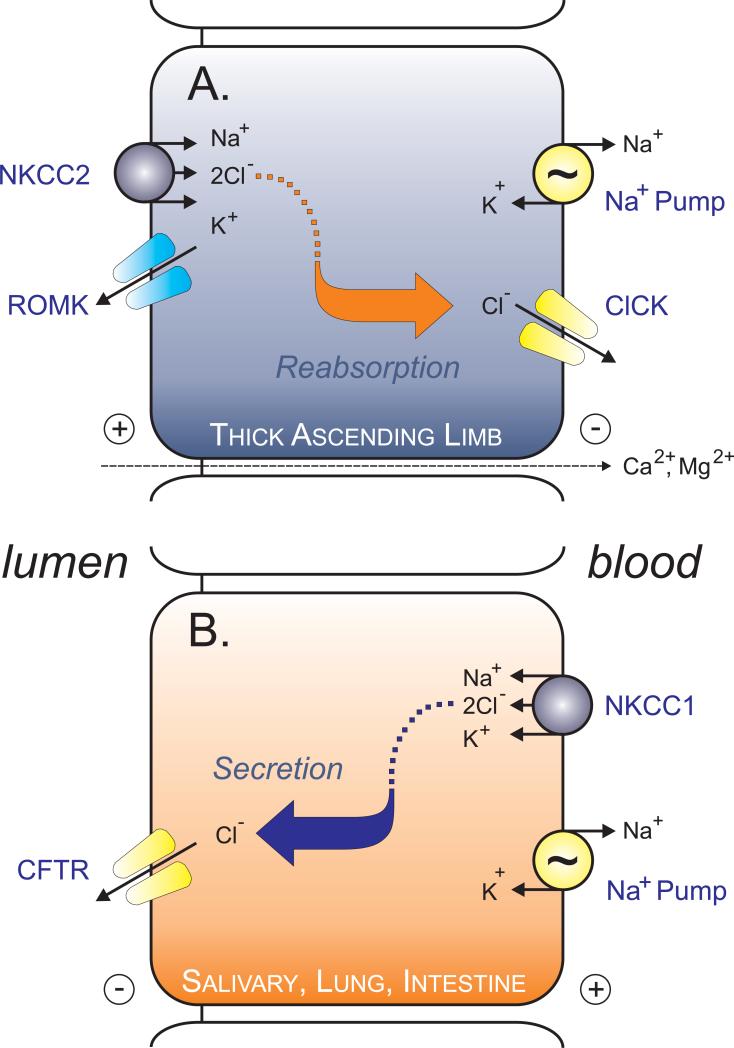Figure 5. Na-K-2Cl cotransport in two types of epithelial cells.
A. Thick ascending limb epithelial cell model showing apical NKCC2 localization. The driving force for NaCl reabsorption is provided by the basolateral Na+/K+ pump. Apical K+ channel (ROMK) delivers K+ in the lumen for NKCC2 function and creates an electropositive lumen. ClCK(A and B) on the basolateral membrane creates a path for Cl− movement and participate in the electronegative blood side. The electrical field generated by the epithelial cells favors the paracellular reabsorption of divalent cations. B. Model of a Cl− secreting epithelial cell with localization of NKCC1 on the basolateral membrane. The cotransporter replenishes Cl− as the anion is transported across the apical through CFTR or other Cl− channels. K+, which enters through the pump and NKCC1, leaves the cell through apical and basolateral K+ channels (not shown). Note that this model can be used for stria vascularis marginal cells (K+ secreting cell) with CFTR substituted for KCNQ1.

